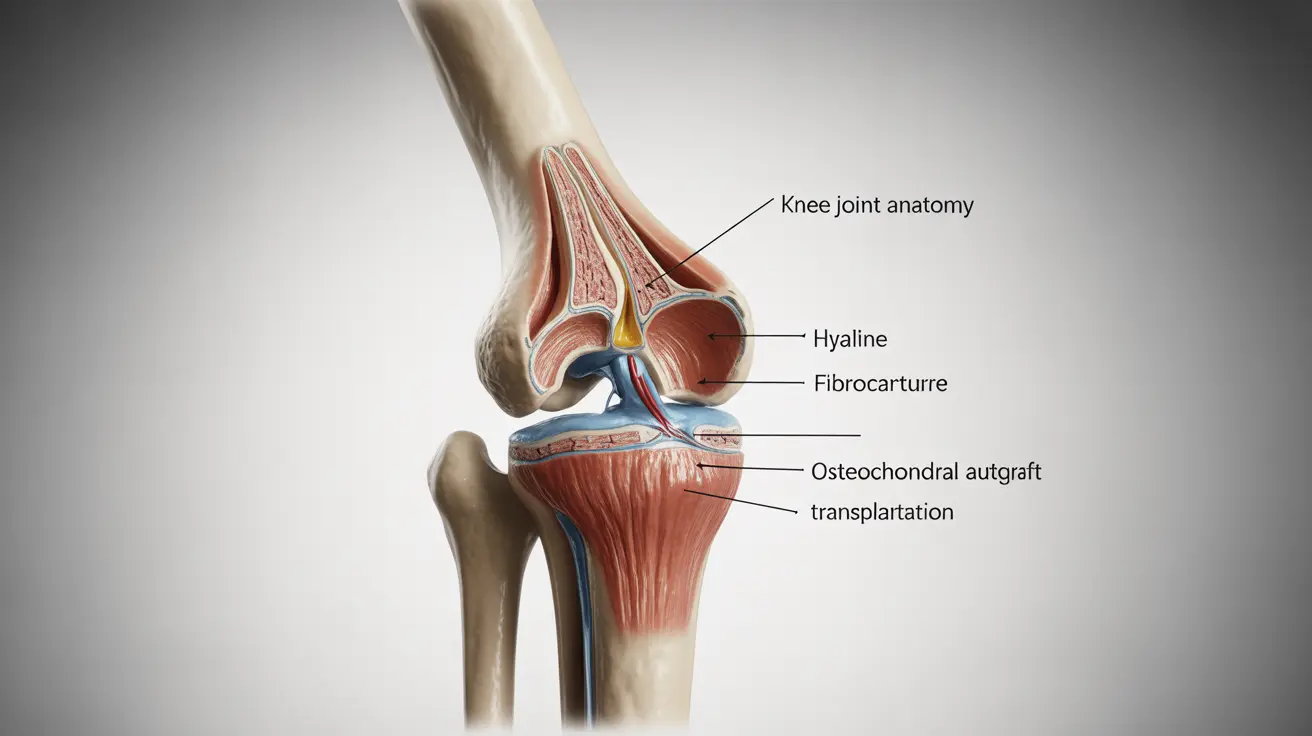Blood tests are invaluable for monitoring liver function and detecting potential liver issues early. Here's how they benefit overall health:
- Early Detection of Liver Diseases:
- Identifies conditions like hepatitis, fatty liver disease, and cirrhosis at an early stage, allowing for prompt treatment.
- Enables early intervention to prevent the progression of liver diseases.
- Liver Enzyme Levels:
- Alanine Aminotransferase (ALT): Elevated levels indicate liver damage or inflammation.
- Aspartate Aminotransferase (AST): High levels suggest liver damage and are often measured alongside ALT for accuracy.
- Alkaline Phosphatase (ALP): Increased levels can indicate bile duct problems or liver damage.
- Gamma-Glutamyl Transferase (GGT): Elevated GGT levels may signal bile duct issues and chronic alcohol use.
- Bilirubin Levels:
- Measures the amount of bilirubin in the blood. High levels can indicate liver dysfunction or bile duct blockage, leading to jaundice.
- Protein Production:
- Albumin: Low levels of albumin can signify chronic liver disease as it reflects the liver’s capacity to produce essential proteins.
- Total Protein: Reflects overall protein levels and can provide insights into liver function.
- Clotting Factors:
- Prothrombin Time (PT): Extended PT can indicate impaired liver function since the liver produces clotting proteins.
- Comprehensive Metabolic Panel (CMP):
- Includes tests for liver function alongside other vital organ assessments. Provides a broader view of health and metabolic status.
- Monitoring Disease Progression and Treatment Effectiveness:
- Regular blood tests monitor how liver conditions respond to treatment.
- Helps in adjusting medications and lifestyle modifications for optimal liver health.
Routine liver function tests are crucial, providing actionable insights to maintain liver health and prevent severe complications. Early detection through these tests allows for effective and timely medical interventions.
c) Recommended Tests:




